‘Preparing the Ground’ is an ambitious, multi-screened moving image artwork by New Zealand artist, Cat Auburn. The project is a work-in-progress: the European section of ‘Preparing the Ground’ was commissioned by Tyneside Cinema in partnership with Northumbria University for the 2016 Tyneside Cinema Graduate Artist in Residence (UK) – a single screen version with a stand-in musical score was exhibited at Tyneside Cinema in early 2017 as a work-in-progress. Filming in Japan for ‘Preparing the Ground’ was carried out in July 2017 and supported by a grant from the Asia New Zealand Foundation. To complete the project, Auburn will collaborate with celebrated composer, Gareth Farr to create an original musical score for the piece.
What you will find on this page: a trailer for ‘Preparing the Ground’; a short documentary about the project during Auburn’s time on the Tyneside Cinema Graduate Artist Residency; a short documentary about the project on location in Japan. You can find Chloe Barker’s essay on ‘Preparing the Ground’ at the completion of the European section of the project on Contemporary HUM’s website here.
Cat Auburn (2016 – ongoing). Preparing the Ground (trailer). multi-screen film in progress.
‘Preparing the Ground’ is a multi-screen, moving image artwork that follows the act of preparing the ground conditions for an immediate or ongoing event in three international locations: the Spanish Riding School (Vienna, Austria), where the sand floor of an historic ballroom-come-arena is graded for a five-hundred-year old dressage tradition; Zuihō-in Temple, (Kyoto, Japan), Buddhist Temple and home to a traditional Zen garden where pebbles are carefully raked into patterns and maintained to facilitate meditation; Dunstanburgh Castle (Northumberland, England) and the maintenance of the grounds of the North East’s most iconic ruin. During the development of the project, Auburn also filmed in the collection stores of The Laing Art Gallery in Newcastle upon Tyne, and a modern-era zen garden at St Mungo’s Museum of Religious Life and Art (Glasgow, Scotland). The painterly aesthetics and rhythmic labour of the ground preparation reveals these sites as intersections of tradition and tourism – locations where culture is constructed, performed, re-enforced and exported.
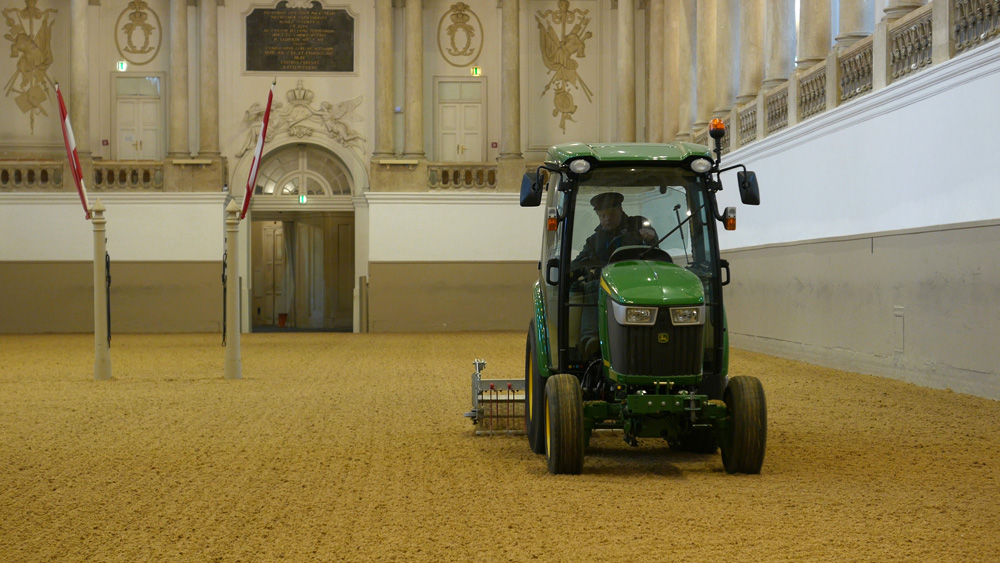
Filming at The Spanish Riding School, Austria. photo credit: Pipi Lovell-Smith
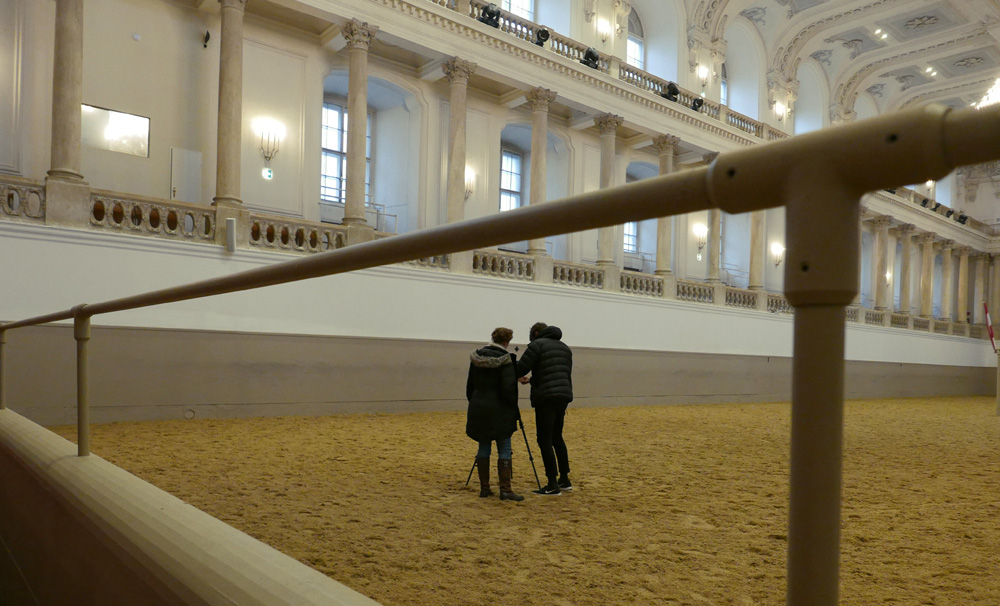
Cat Auburn and Dan Slaughter filming on location at The Spanish Riding School, Vienna, Austria. photo credit: Pipi Lovell-Smith
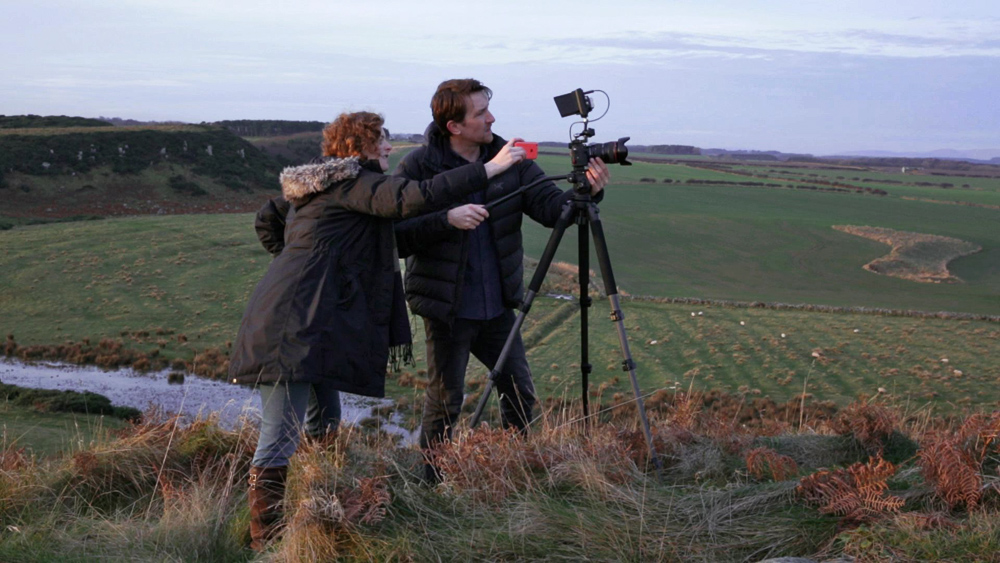
Cat Auburn and Dan Slaughter filming on location at Dunstanburgh Castle, Northumberland, UK. photo credit: Northern Stars Production
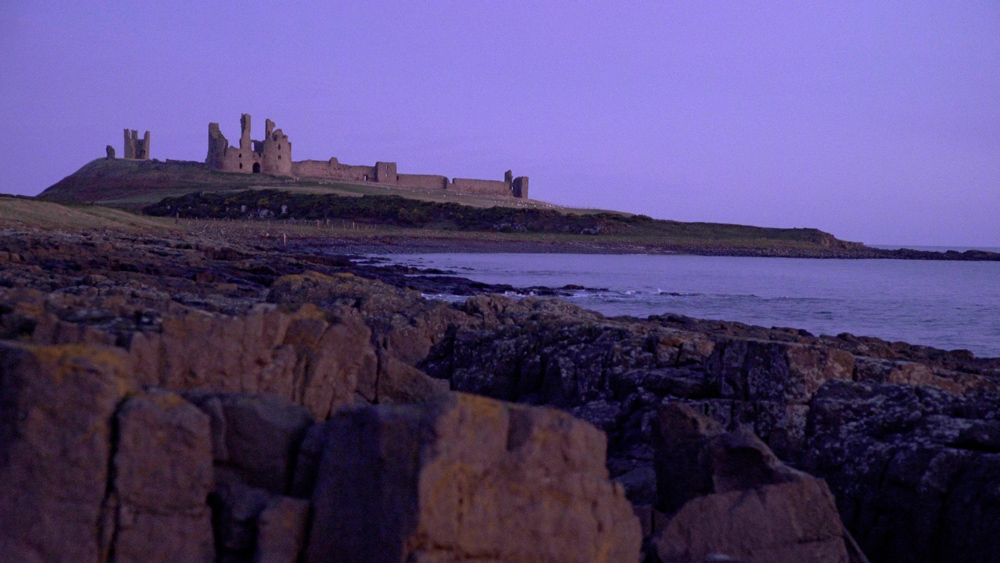
Cat Auburn (2016 – ongoing). Preparing the Ground. film still
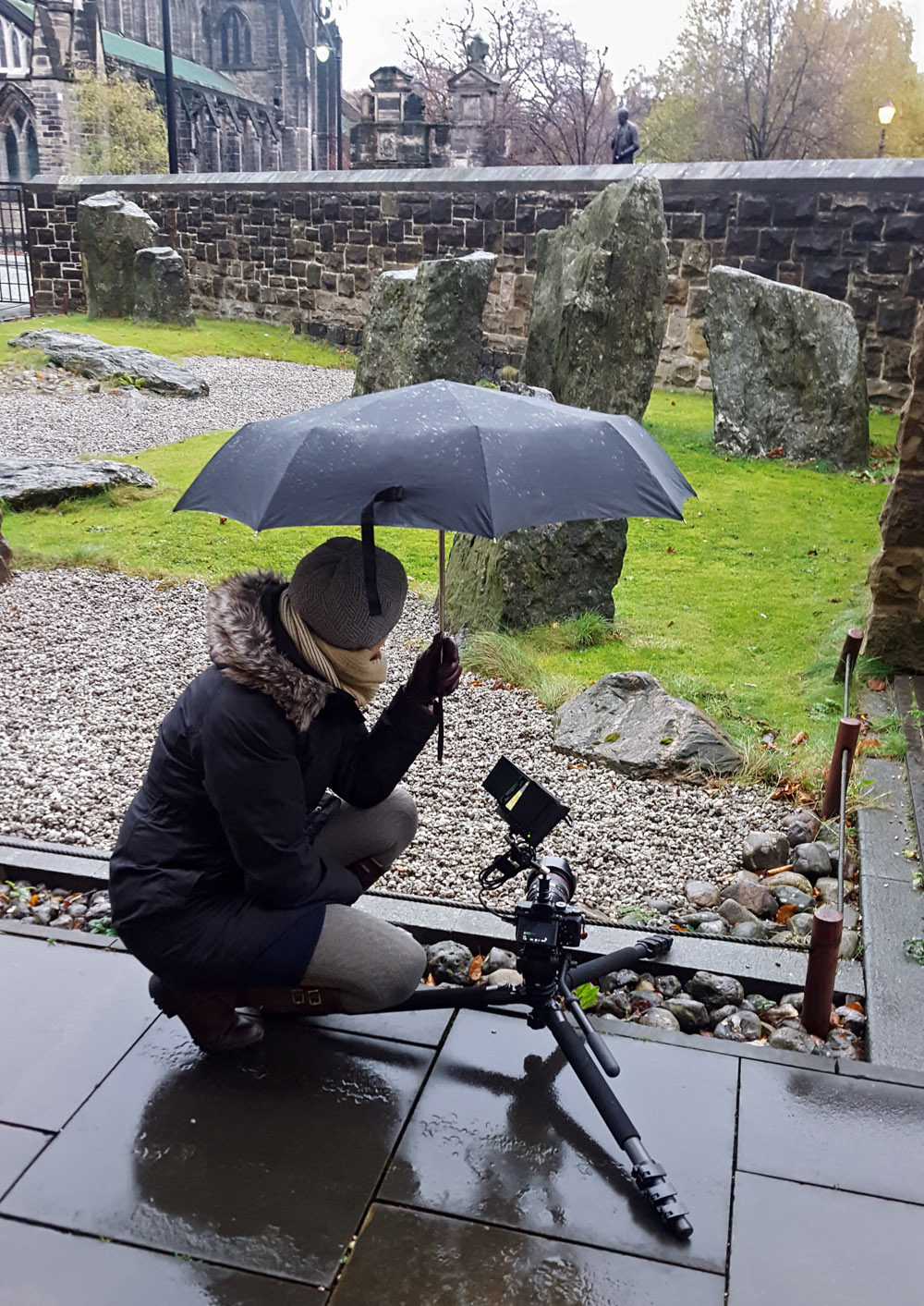
Cat Auburn filming on location at St Mungo Museum of Religious Life and Art, Glasgow, UK. photo credit: Dan Slaughter

Cat Auburn and Dan Slaughter filming on location at The Laing Art Gallery, Newcastle upon Tyne, UK. photo credit: Northern Stars Production
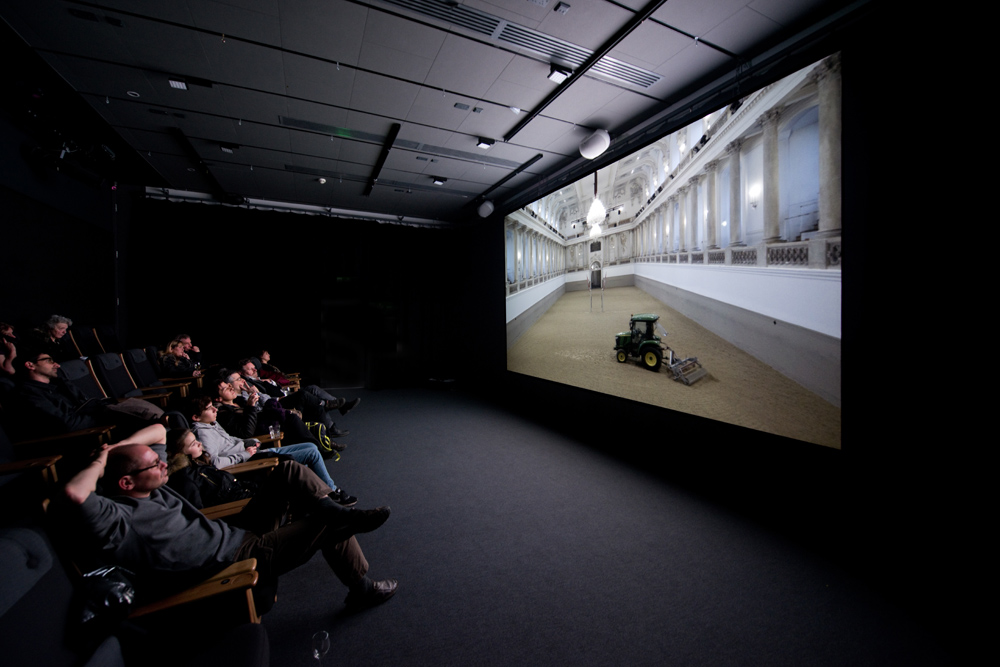
Cat Auburn (2016 – ongoing). Preparing the Ground. installation image. photo credit: Colin Davison
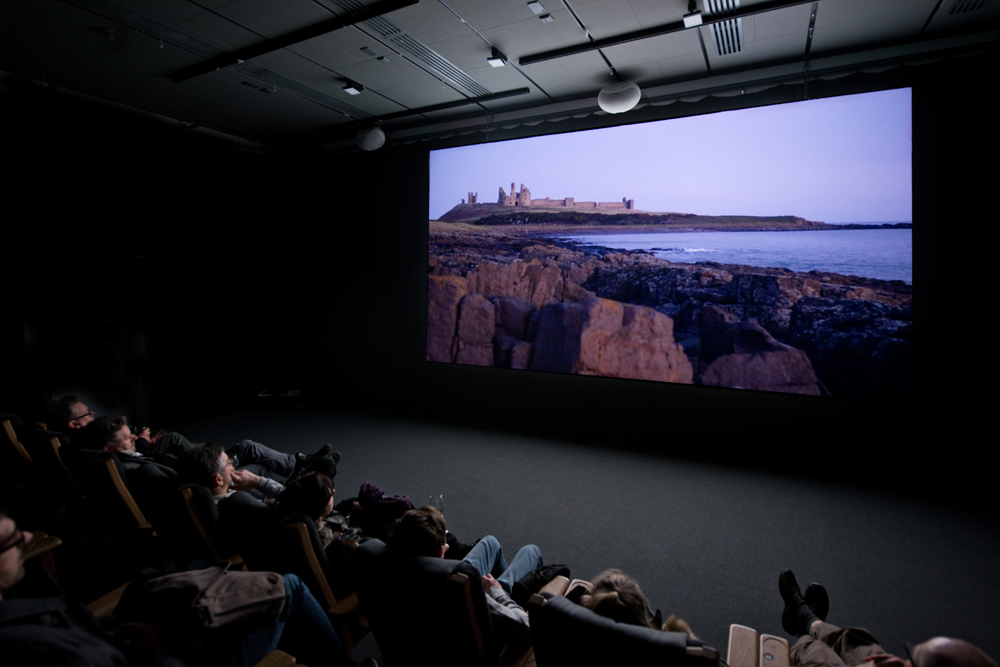
Cat Auburn (2016 – ongoing). Preparing the Ground. installation image. photo credit: Colin Davison
A short documentary by Northern Stars Production on Preparing the Ground during the Tyneside Cinema Graduate Artist Residency, 2016.
A short documentary created during the filming of Preparing the Ground on location in Japan, 2017.
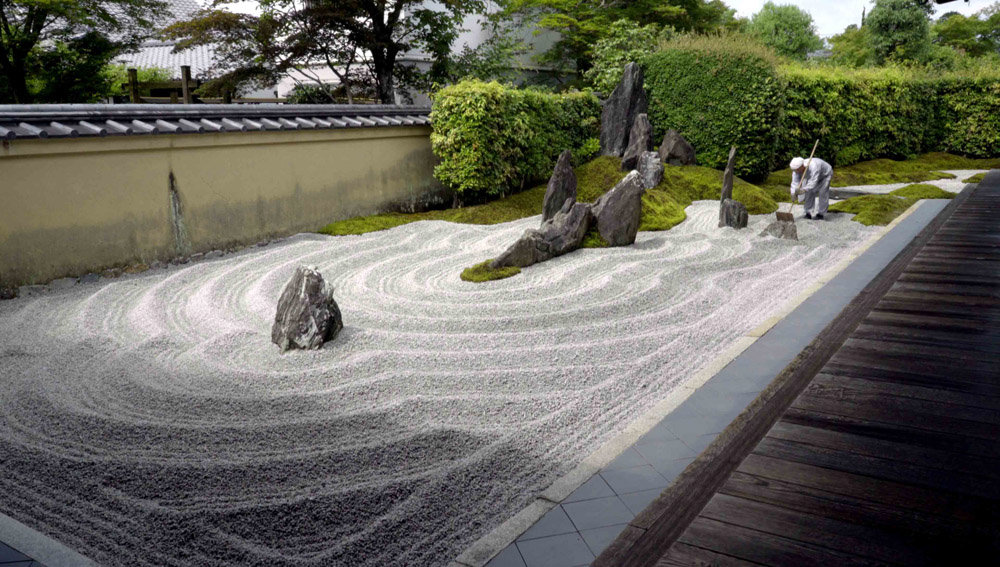
Cat Auburn (2016 – ongoing). Preparing the Ground. film still

Cat Auburn and Dan Slaughter filming on location at the Arashiyama Bamboo Grove, Kyoto, Japan. photo credit: Cat Auburn

